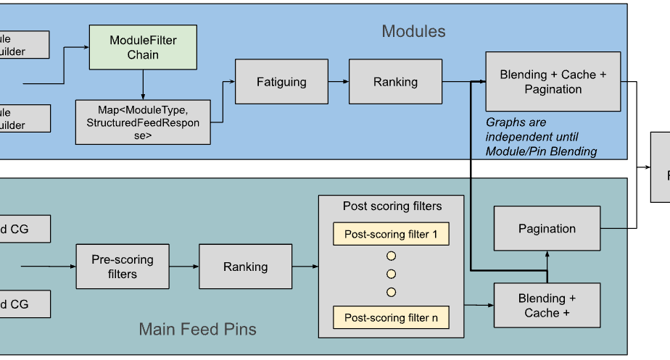Medium
2w
141

Image Credit: Medium
Module Relevance on Homefeed
- Pinterest introduced modules to improve the relevance of the Homefeed by providing more context and exploring new topics for users.
- Modules come in two types: landing page modules that take users to a separate page, and carousel modules showing a collection of Pins.
- To prevent user fatigue, a fatiguing approach stops showing a module if a user repeatedly ignores it.
- Module ranking involves ranking modules based on user engagement, with a dedicated model optimizing module actions like taps and clicks.
- A sampling strategy balances positive engagement labels and selected features for module ranking.
- Calibration and blending layers further enhance the module relevance, dynamically placing modules alongside Pins in the Homefeed.
- The 'skip slot' blending approach ensures modules are placed in feed slots based on surrounding Pin engagement.
- Future plans include improving relevance through real-time monitoring, magnitude-based ranking, and Pin displacement blending.
- The module relevance work on Homefeed was accomplished with the collaboration of various teams, as acknowledged in the article.
- Pinterest continues to focus on enhancing module relevance on the Homefeed to optimize user experience and engagement.
Read Full Article
8 Likes
For uninterrupted reading, download the app